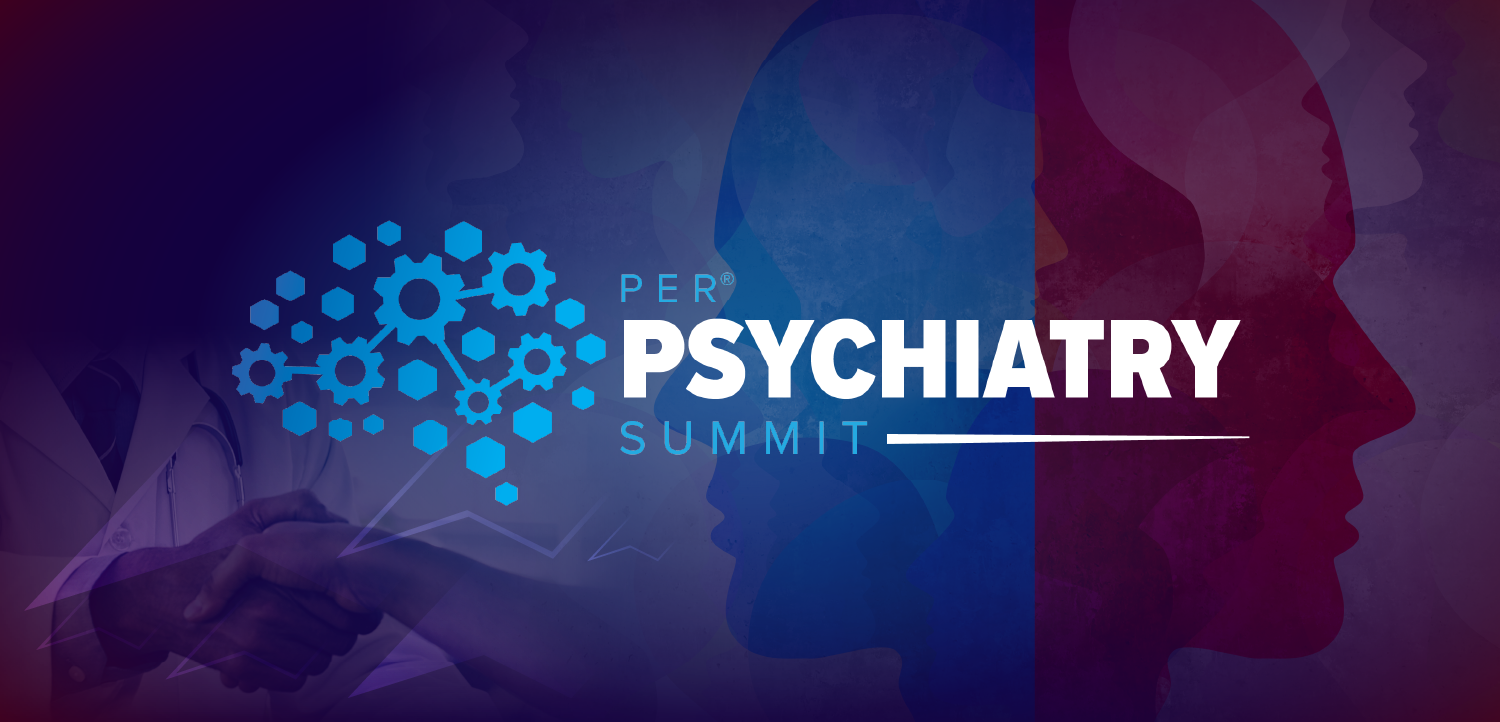
Office management of attention-deficit/hyperactivity disorder (ADHD) differs in many important ways from ADHD management conducted in a research environment. In clinical trials, treatments and eligible patients are selected in advance by committees, patients are randomized to different management strategies, and both clinicians and pa tients are blinded to the treatments.










